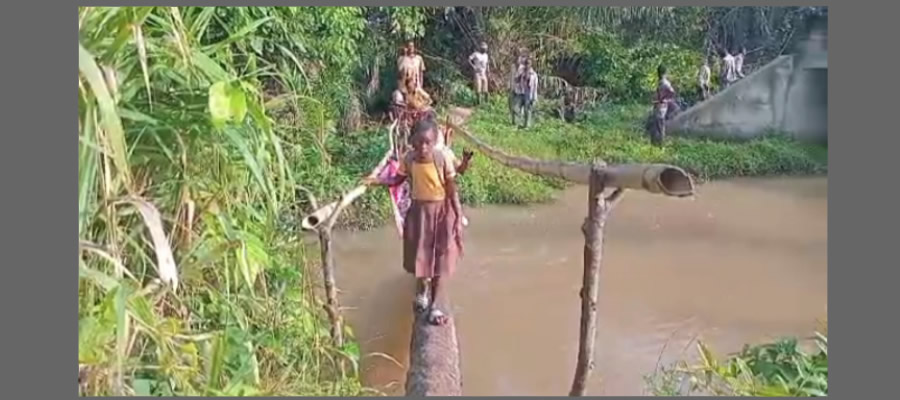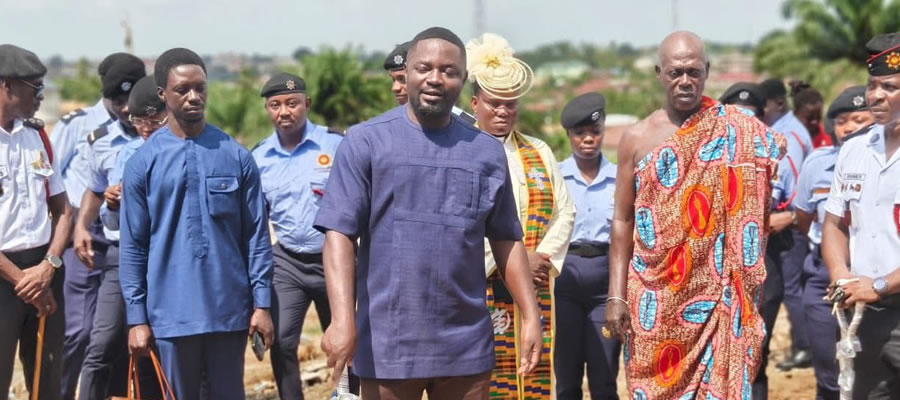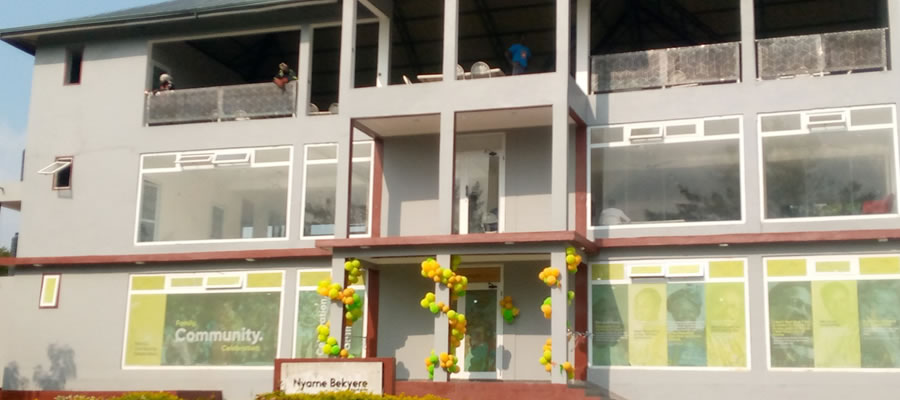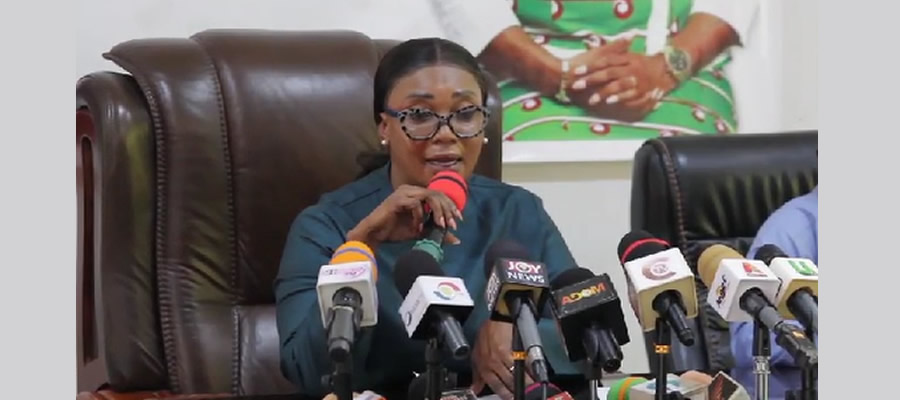
The classification of the Ghanaian population by ethnicity as used in the previous censuses is one provided by the Ghana Bureau of languages and which has been used in the 2010 census. The classifications include a wider coverage of ethnic groupings. Consistent with past trends, the Akan (51.1%) constitute the largest ethnic group in the region, followed by Ewe (18.9%), Ga-Adangbe (17%) and the Guan (5.3%). While the largest ethnic group in 12 of the 21 districts is Akan, the concentration of this group is in Birim South where four out of every five persons is Akan.
The Ga-Adangbe constitutes more than 90 percent in the three districts of lower Manya (73.8%), Upper Manya (85.3%) and Yilo Krobo (82.3%). The higher proportion of the Ewe in Kwahu North (53.1%) could be attributed to the economic potential of the district for fishing and farming which are major economic activities of the Ewe migrants who have been displaced when the Volta Dam was created. The district is endowed with rich agricultural land and its proximity to the Volta Lake may have attracted migrants, particularly the Ewe, to the area.
Religion
Dominant religious group in the Eastern Region is Christianity with more than four-fifth (84.5%) professing adherence to the Christian faith. Moslems form only 6.7 percent of the population. The adherents to traditional religion form (1.4%) and those who have no religion constitute 6.5 percent.
Tourism sites
The Eastern Region of Ghana is a rich blend of dramatic landscape, historical relics and traditional cultures. Although it is close to Accra, the capital town of Ghana, the two neighbours are in stark contrast. The ancient atmosphere of the Eastern Region blends effortlessly with the 21st century.
1. The birthplace of (Ghana’s) famous cocoa industry (is) found at Mampong – Akwapim, where (the country’s) (first-ever) cocoa farm was established by Tetteh Quarshie (with) seeds originally brought from Fernando Po Island. From this small beginning grew one of the country’s main industries. Those with a particular interest in cocoa, could visit the Cocoa Research Institute of Ghana (CRIG) and its arboretums at New Tafo.
2. The historical villages and towns speak of the rich culture in the east of Ghana. Sightseers (are encouraged to) take the opportunity to visit (historical places such as the original Presbyterian School buildings in Akropong and the house of Tetteh Quarshie (originally introduced cocoa crops to Ghana) in Mampong.
3. The Regional capital, Koforidua, a pleasant traditional town with comfortable hotels and a busy market.
4. The Krobo Mountains and the Akwapim Ridge overlook a beautiful stretch of the countryside with opportunities for long walks and hikes. The Eastern Region is famous for its tropical forests and cascading waterfalls.
5. The spectacular Boti Falls in the forest reserve at Huhunya, are best visited between June and August. The Begoro Waterfalls, surrounded by attractive woodland and forest, is the ideal place for a picturesque picnic.
6. The Aburi Gardens: Many visitors are drawn to the botanical gardens at Aburi which opened in 1890. Just an hour’s drive from Accra, the garden contains a rich collection of tropical flora that attracts scores of special birds and butterflies. This venture site with its tranquil paths has always been a popular excursion for Ghana’s city dwellers.
7. Also worth visiting is the forest of Atewa (Atiwa)-Atwirebu, 10 km north of Kibi, which is home to hundreds of birds and butterflies.
8. The Lake Volta: The eastern area of Ghana is dominated by one of the world’s largest man-made lakes (Lake Volta) and great engineering achievements.
9. The Akosombo Dam: The lake was created by the construction of the Akosombo Dam, a major source of hydroelectric power. Lake Volta offers splendid opportunities for cruising and excursions, while a weekend trip to Dodi Island is recommended. Fishermen can also enjoy sport fishing for tilapia, perch, and other varieties in the lake.
10. The beautiful Kwahu Scarp-it is breath-taking in beauty and is home to the Kwahu people. On top of the scarp are well planned, picturesque communities with beautiful homes. Further north of the scarp is the Afram Plains, a traditional zone of wooded savannah land. The River Volta is at its broadest there, providing opportunities for boating and angling. Trips to Digya National Park are also possible.
Date Created : 10/12/2023 12:00:00 AM












 facebook
facebook
 twitter
twitter
 Youtube
Youtube
 +233 593 831 280
+233 593 831 280 0800 430 430
0800 430 430 GPS: GE-231-4383
GPS: GE-231-4383 info@ghanadistricts.com
info@ghanadistricts.com Box GP1044, Accra, Ghana
Box GP1044, Accra, Ghana